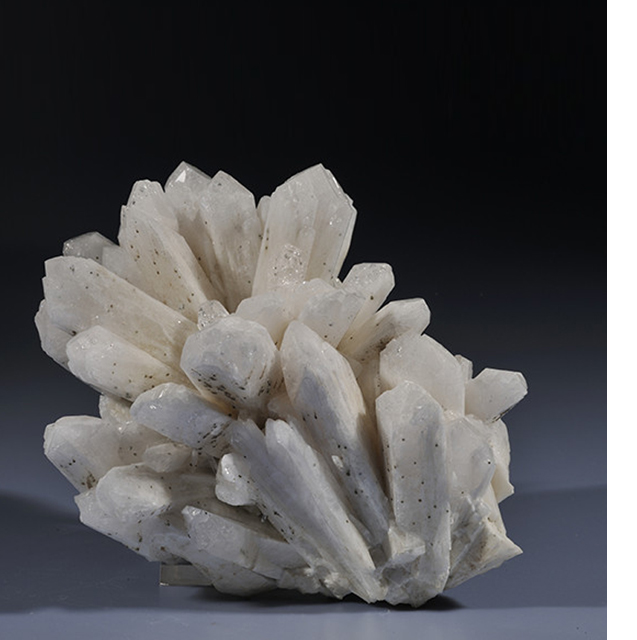
About Boron

BORON ELEMENT
Turkey is the world’s major source of these boron minerals which accounts 73 % of world’s total boron reserves.
Boron was discovered by French chemists Joseph Gay-Lussac and Louis Thénard and by British chemist Sir Humphry Davy, in 1808. Boron belongs in 3A group in the periodic table and it is shown with the symbol B. Its atomic number is 5 and atomic weight is 10,81. Boron is a hard, brittle, semi-metallic element and it does not exist by itself in nature. It combines with oxygen and other elements to form boric acid, or inorganic salts called, borates.
Boron compounds show non-metallic properties, however pure boron show similar electrical conductivity properties with carbon. Crystalline boron is similar to diamond in terms of appearance, optical properties as well as its hardness.
Boron minerals are natural compounds containing boron oxide in different proportions. There are 230 different boron minerals in the nature. The most important boron minerals in commercial terms are; Tincal, Colemanite, Ulexite, Kernite, Pandermite, Boracite, Szaybelite and Hydroboracite.
Turkey is the world’s major source of these boron minerals which accounts 73% of world’s total boron reserves.
Boron Minerals can be refined into chemical compounds. The most commercially important boron compounds are boric acid, borax pentahydrate, borax decahydrate and anhydrous borax.